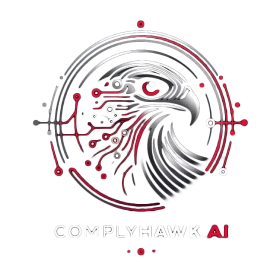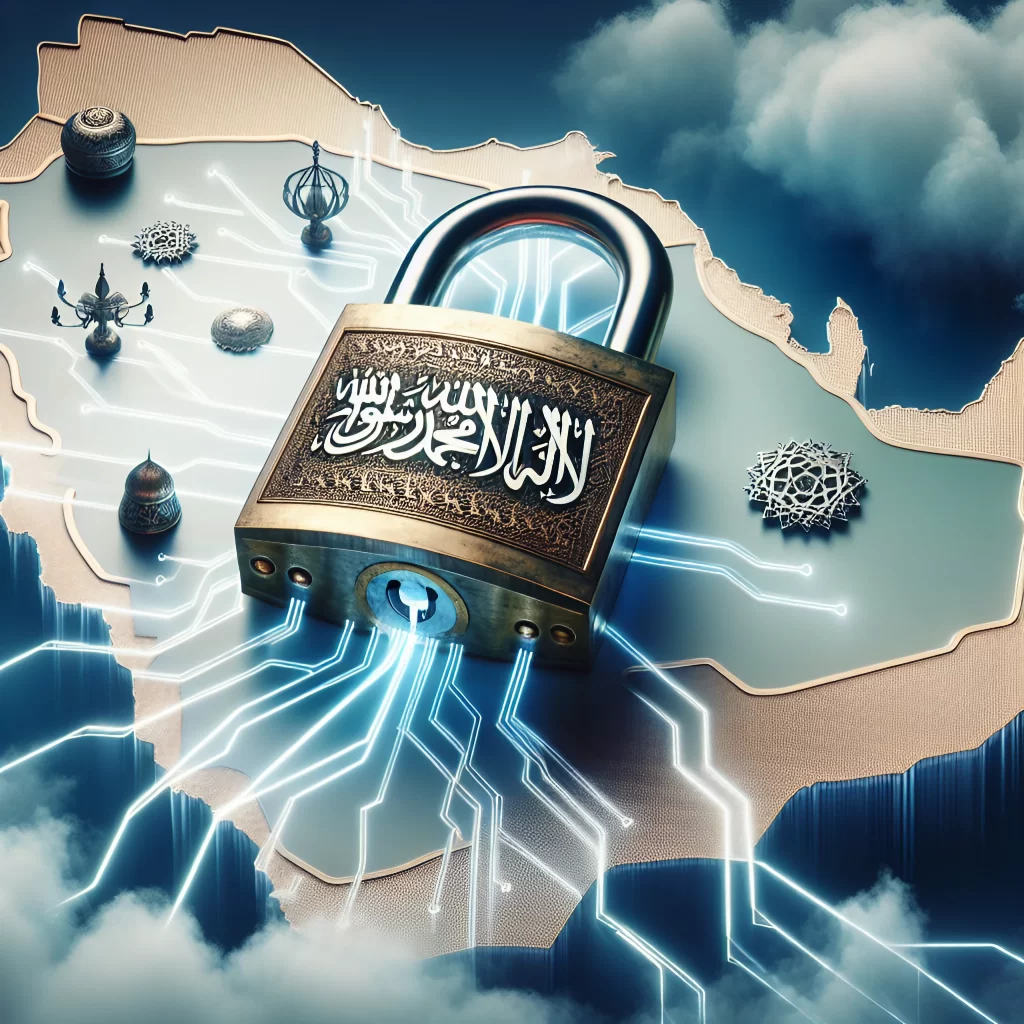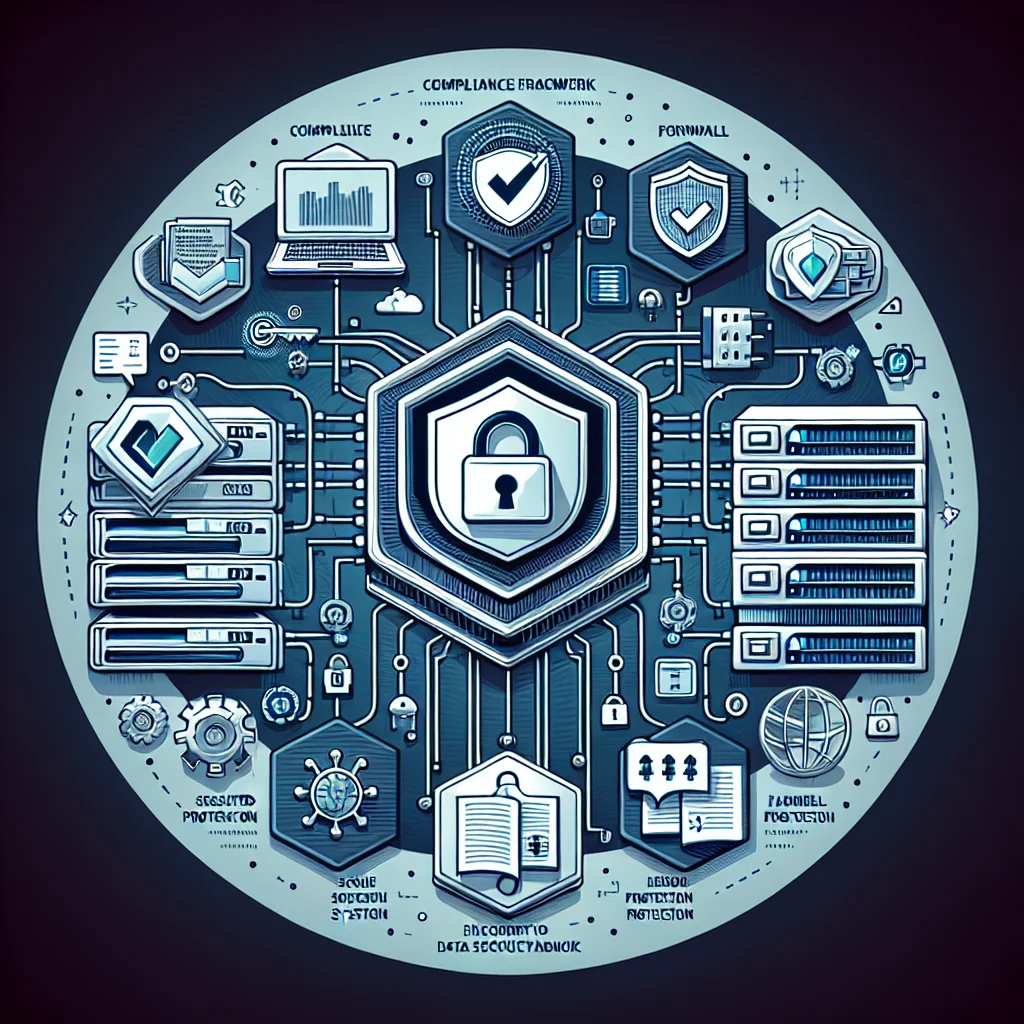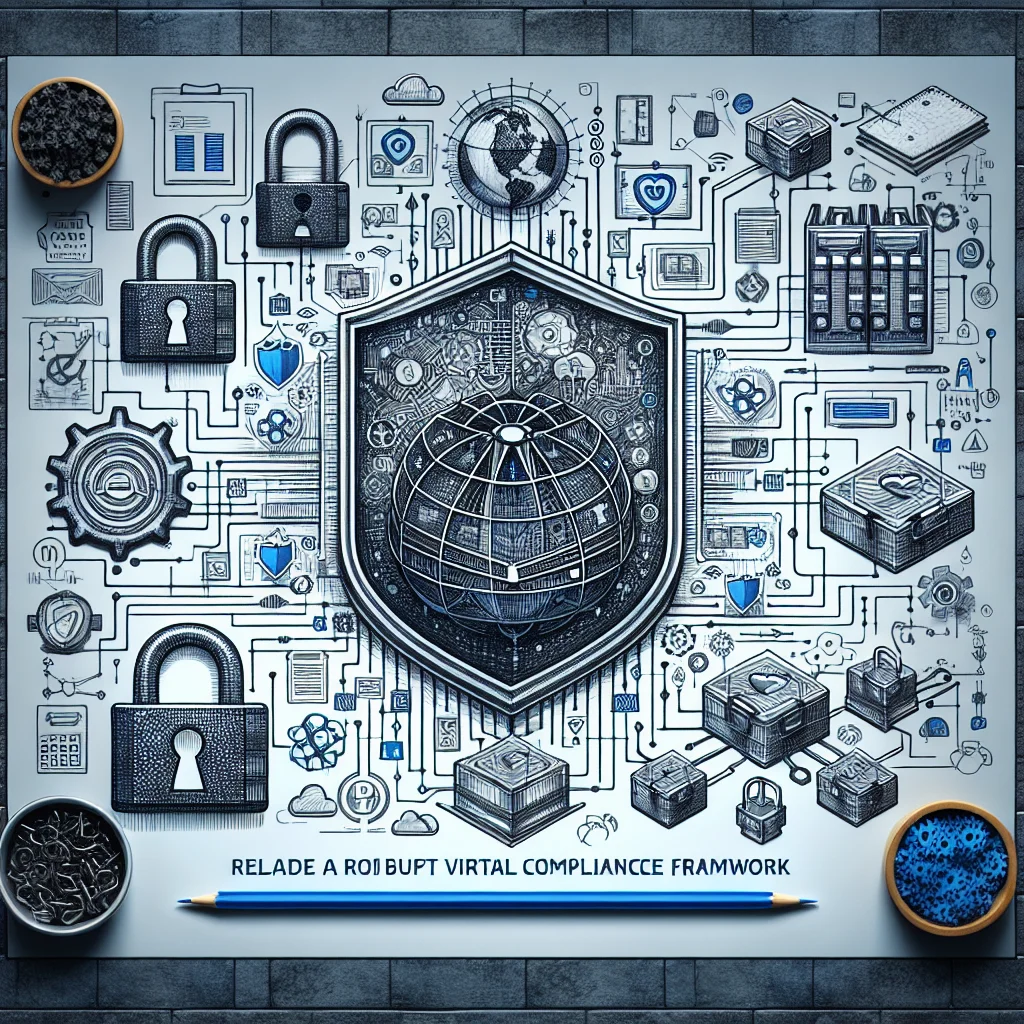In an era where cyber threats are increasingly complex and pervasive, organizations must implement robust cybersecurity measures. The National Institute of Standards and Technology (NIST) Cybersecurity Framework (CSF) provides a comprehensive approach to managing and reducing cybersecurity risks. This article aims to guide Chief Information Security Officers (CISOs) and IT professionals in the Middle East through the intricacies of the NIST CSF, answering 20 frequently asked questions (FAQs) and highlighting common controls across other frameworks like ISO27001 and PCI DSS.
What is the NIST Cybersecurity Framework (CSF)?
The NIST CSF is a set of industry standards and best practices designed to help organizations manage cybersecurity risks. Originally developed for critical infrastructure sectors in the United States, it has gained global adoption due to its flexibility and effectiveness.
Who Should Use the NIST CSF?
While the NIST CSF was initially intended for critical infrastructure, it is applicable to organizations of all sizes and industries, particularly those looking to enhance their cybersecurity posture.
How is the Framework Structured?
The NIST CSF is organized into three main components:
- Core: Consists of five functions—Identify, Protect, Detect, Respond, and Recover—designed to provide a strategic view of an organization’s cybersecurity posture.
- Implementation Tiers: Describe the degree to which an organization’s cybersecurity risk management practices exhibit the characteristics defined in the Framework.
- Profiles: Help organizations align their cybersecurity activities with business requirements, risk tolerance, and resources.
What are the Five Functions of the Core?
- Identify: Helps organizations understand their environment to manage cybersecurity risk to systems, assets, data, and capabilities.
- Protect: Outlines appropriate safeguards to ensure delivery of critical infrastructure services.
- Detect: Defines activities to identify the occurrence of a cybersecurity event.
- Respond: Details appropriate actions regarding a detected cybersecurity incident.
- Recover: Identifies activities to maintain plans for resilience and restore any capabilities or services impaired due to a cybersecurity incident.
How Does the NIST CSF Improve Cybersecurity?
The NIST CSF provides a standardized approach to identifying, assessing, and managing cybersecurity risks, enhancing an organization’s ability to prevent, detect, respond to, and recover from cyber incidents.
Is the NIST CSF Mandated for Use?
While the NIST CSF is not legally mandated, its adoption is encouraged by governments and industry leaders worldwide due to its proven effectiveness in enhancing cybersecurity. It is also updated regularly.
Can the NIST CSF be Integrated with Other Standards?
Yes, the NIST CSF is designed to complement existing standards and guidelines, such as ISO27001, PCI DSS, and COBIT, making it easier for organizations to integrate it into their existing cybersecurity practices.
What are the Key Benefits of Using the NIST CSF?
- Flexibility: Can be tailored to meet the specific needs of different organizations.
- Scalability: Suitable for organizations of all sizes and industries.
- Improved Communication: Provides a common language for discussing cybersecurity risks and activities.
- Enhanced Risk Management: Helps organizations prioritize and manage cybersecurity risks more effectively.
How Do Implementation Tiers Work?
Implementation Tiers provide context on how an organization views cybersecurity risk and the processes in place to manage that risk. They range from Tier 1 (Partial) to Tier 4 (Adaptive), with each tier representing a higher degree of rigor and sophistication in cybersecurity practices.
What is a NIST CSF Profile?
A Profile represents the alignment of an organization’s cybersecurity activities with its business requirements, risk tolerance, and resources. Profiles are used to identify opportunities for improving cybersecurity posture by comparing a “Current Profile” with a “Target Profile.”
How do You Create a NIST CSF Profile?
- Assess Current State: Evaluate existing cybersecurity measures and practices.
- Define Target State: Identify desired cybersecurity outcomes based on business objectives and risk tolerance.
- Identify Gaps: Compare the current state with the target state to identify areas that need improvement.
- Develop Action Plan: Create a roadmap to address identified gaps and improve cybersecurity posture.
What Role Do Tiers Play in Assessing Cybersecurity Maturity?
Tiers help organizations understand their current cybersecurity maturity level and identify areas for improvement. By progressing through the tiers, organizations can enhance their ability to manage cybersecurity risks effectively.
How Can Organizations Use the NIST CSF for Continuous Improvement?
Organizations can use the NIST CSF to establish a continuous improvement process by regularly assessing their cybersecurity posture, identifying gaps, and implementing improvements to enhance their cybersecurity capabilities.
What Are Some Middle East-Specific Considerations for Implementing the NIST CSF?
- Regulatory Environment: Understand local regulations and compliance requirements, such as the UAE’s National Cybersecurity Strategy or Saudi Arabia’s Essential Cybersecurity Controls (ECC).
- Cultural Factors: Consider organizational culture and workforce attitudes towards cybersecurity to ensure successful implementation.
- Resource Availability: Assess the availability of skilled cybersecurity professionals and necessary resources to support the framework’s implementation.
How Can Automated Compliance Platforms Aid in Implementing the NIST CSF?
An automated compliance platform such as ComplyHawk can streamline the implementation of the NIST CSF by providing tools for continuous monitoring, risk assessment, and reporting. These platforms can also help organizations maintain compliance with multiple frameworks simultaneously.
More FAQs
How Frequently Should Organizations Review Their NIST CSF Implementation?
Organizations should review their NIST CSF implementation at least annually, but more frequent assessments are advisable in response to significant changes in the threat landscape, business environment, or regulatory requirements.
Can Small Businesses Benefit from the NIST CSF?
Absolutely! The NIST CSF is designed to be scalable and flexible, making it an ideal framework for small businesses seeking to establish effective cybersecurity practices without overwhelming them with complexity.
What Resources are Available for Organizations Implementing the NIST CSF?
Numerous resources are available, including NIST publications, online training programs, industry forums, and consulting services. These resources can provide practical guidance and support throughout the implementation process.
How Does the NIST CSF Address Emerging Cybersecurity Threats?
The NIST CSF is designed to be adaptive, allowing organizations to update their practices as new threats emerge. By regularly assessing their risk environment and aligning their strategies with the framework, organizations can better respond to evolving cyber threats.
How Can Organizations Measure the Effectiveness of Their NIST CSF Implementation?
Effectiveness can be measured through regular audits, assessments of incident response times, and feedback from stakeholders. Additionally, tracking improvements in risk management metrics over time can help organizations evaluate their progress.
What Roles Do Leadership and Stakeholders Play in NIST CSF Implementation?
Leadership and stakeholders play a crucial role in the successful implementation of the NIST CSF. They are responsible for fostering a cybersecurity-aware culture, ensuring that adequate resources are allocated, and supporting the development of policies and procedures that align with the framework. Their engagement is essential for driving accountability and promoting a unified approach to managing cybersecurity risks across the organization.
How Can Training and Awareness Programs Enhance NIST CSF Adoption?
Training and awareness programs are vital for enhancing NIST CSF adoption by equipping employees with the knowledge and skills needed to identify and respond to cybersecurity threats effectively. Such programs help cultivate a proactive security culture, promote adherence to best practices, and ensure that all staff members understand their roles in safeguarding the organization’s assets.
Are There Any Common Pitfalls to Avoid When Implementing the NIST CSF?
Organizations should be cautious of several common pitfalls when implementing the NIST CSF, including insufficient stakeholder involvement, lack of clear objectives, and failing to communicate the importance of the framework throughout the organization. Additionally, neglecting to regularly review and update the implementation process can hinder the effectiveness of the framework in addressing evolving cybersecurity challenges.
How Can Organizations Tailor the NIST CSF to Their Specific Needs?
Organizations can tailor the NIST CSF by aligning its core functions (Identify, Protect, Detect, Respond, Recover) with their specific operational requirements, risk profile, and business objectives. This customization helps ensure that the framework addresses unique challenges and vulnerabilities.
What Metrics Should Organizations Track to Evaluate Their Cybersecurity Posture?
Organizations should track various metrics, such as the number of detected incidents, response and recovery times, employee training completion rates, and vulnerability assessment results. These metrics provide valuable insights into the organization’s cybersecurity effectiveness and areas needing improvement.
How Can Collaboration Between Departments Enhance NIST CSF Implementation?
Cross-departmental collaboration fosters a holistic approach to cybersecurity, allowing for the sharing of diverse insights, expertise, and resources. By working together, departments can craft comprehensive strategies that address vulnerabilities across different areas of the organization, ultimately strengthening the overall cybersecurity posture.
What Are the Benefits of Engaging Third-Party Experts in NIST CSF Implementation?
Engaging third-party experts can provide organizations with specialized knowledge, industry best practices, and an objective perspective on their cybersecurity strategies. These experts can assist in identifying gaps, developing customized action plans, and ensuring that organizations stay current with evolving threats and regulatory requirements.
How Does the NIST CSF Fit Within Other Cybersecurity Frameworks?
The NIST CSF is designed to complement various other cybersecurity frameworks and standards, such as ISO 27001 or CIS Controls. Organizations can integrate the NIST CSF with existing frameworks to enhance their overall security posture, leveraging the strengths of each to create a comprehensive cybersecurity strategy.
Common Controls Between NIST CSF, ISO27001, and PCI DSS
Understanding the common controls between different frameworks can simplify the compliance process. Here are some examples:
- Access Control:
- NIST CSF: PR.AC-1
- ISO27001: A.9.1.1
- PCI DSS: 7.1.1
- Incident Response:
- NIST CSF: RS.CO-1
- ISO27001: A.16.1.1
- PCI DSS: 12.10.1
- Risk Assessment:
- NIST CSF: ID.RA-1
- ISO27001: A.8.2.2
- PCI DSS: 12.2
How Do Common Controls Benefit Organizations?
Identifying common controls across different frameworks allows organizations to streamline their compliance efforts, reduce duplication of work, and ensure a more comprehensive and cohesive cybersecurity posture.
How to Get Started with the NIST CSF?
- Educate Your Team: Ensure key stakeholders understand the framework and its benefits.
- Perform a Risk Assessment: Identify and prioritize cybersecurity risks.
- Develop a Profile: Create a Current Profile and a Target Profile to guide your cybersecurity activities.
- Implement Controls: Apply the necessary controls to address identified risks and achieve desired outcomes.
- Monitor and Improve: Continuously assess and enhance your cybersecurity posture.
Conclusion
The NIST Cybersecurity Framework is a valuable tool for organizations looking to enhance their cybersecurity posture. By providing a standardized approach to managing and reducing cybersecurity risks, the NIST CSF helps organizations protect their critical assets and maintain business continuity.
If you’re a CISO or IT professional looking to streamline your compliance efforts and enhance your organization’s cybersecurity posture, consider partnering with the trusted automated compliance platform of the Middle East, ComplyHawk, a specialist in this framework and region.
Get started today and take the first step towards a more secure future for your organization.



